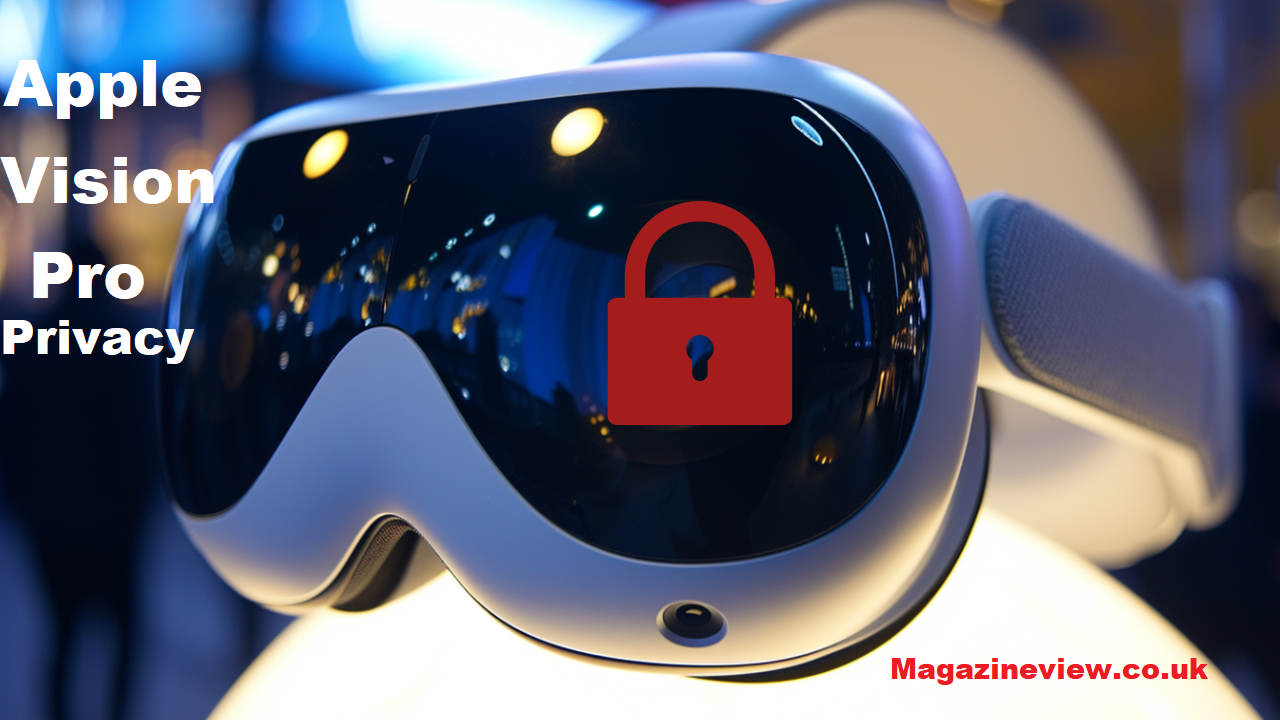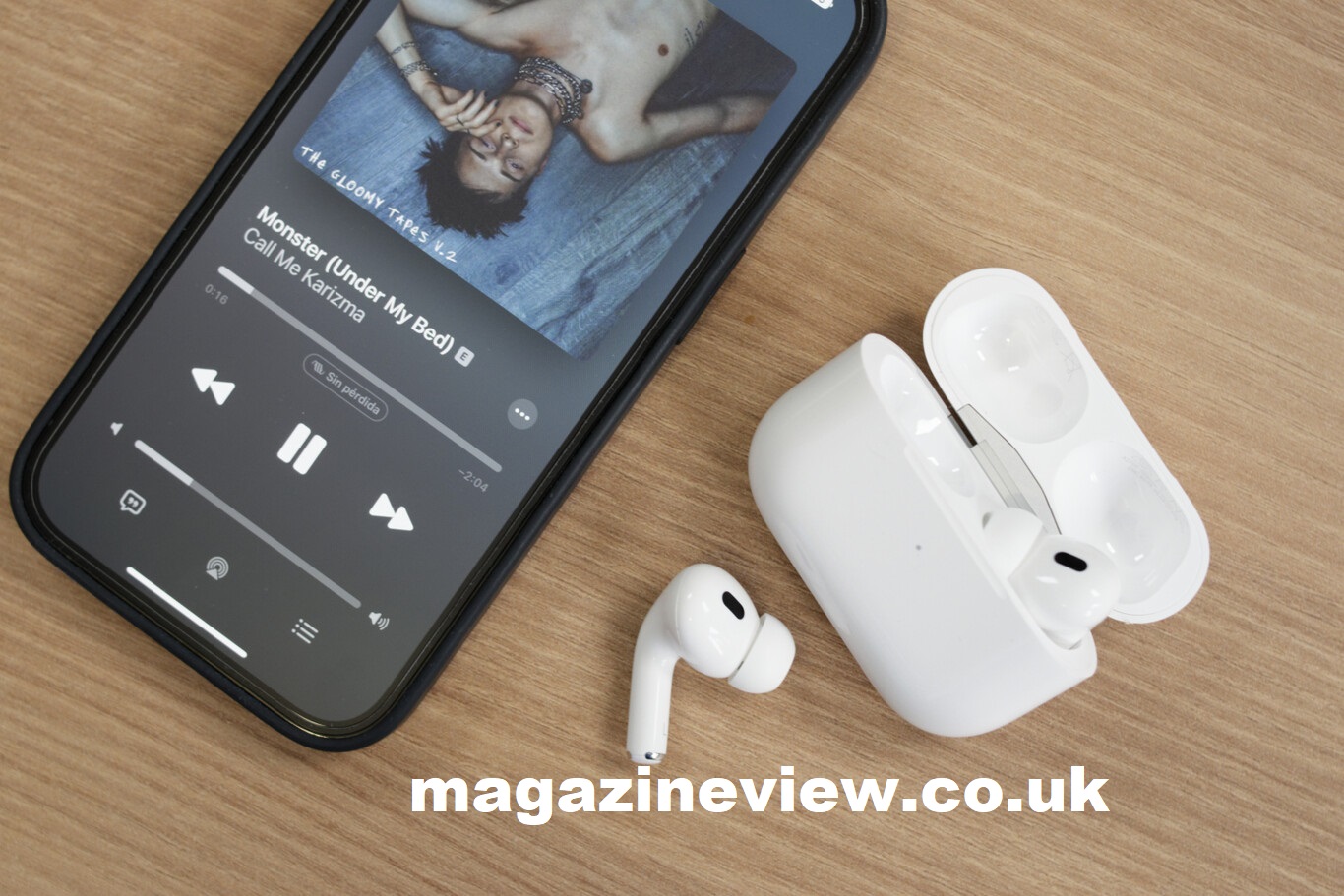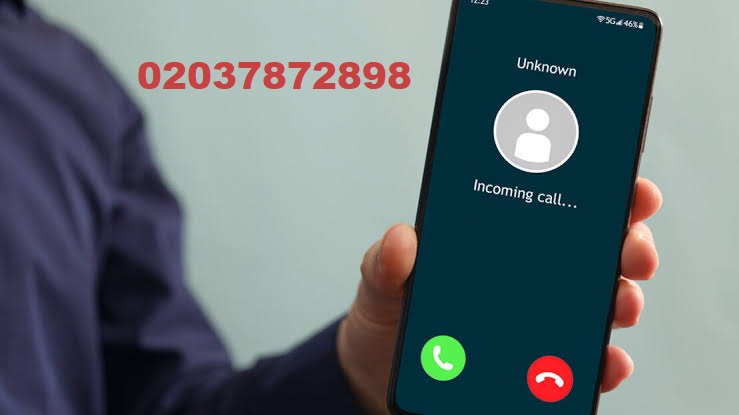The digital landscape is a wild and fast-evolving terrain that never ceases to amaze us. Just when we think we’ve charted the course, new technologies emerge, ushering in tides of innovation and, in response, waves of regulation and precaution. For developers in particular, these changes often represent a double-edged sword, offering exciting new possibilities while dictating stringent limitations.
One such case is Apple’s Vision Pro—a powerful new tool that’s garnering significant attention within the development community. But with this advanced technology comes a unique and somewhat challenging directive from Apple. In this blog post, we’ll deep-dive into the impact of Apple’s privacy demands on the developers who are set to leverage Vision Pro’s capabilities and the larger theme of privacy in tech.
Apple’s Vision Pro: The Promise and the Protection
At its core, Vision Pro is a machine learning framework that Apple has designed to cater to the seamless integration of image analysis into one’s applications. It boasts a host of features, from performing facial detection to classifying scenes and recognizing landmarks. For developers, this means they can enrich user experiences by integrating advanced image-based interactions into their apps without having to re-invent the wheel with each new feature.
However, the visionary aspect of Vision Pro is underpinned by Apple’s steadfast commitment to user privacy—a commendable and increasingly central tenet of their brand ethos. In this respect, Vision Pro is a double-edged sword for developers. It’s poised to deliver robust capabilities that users would undoubtedly love, but it’s also tethered to privacy protocols that significantly constrain the kind of applications that can be built with it.
The Developer’s Dilemma
For app developers, the constraints around Vision Pro seem like an uphill climb. The reports indicate that Apple is skirting an entire ecosystem of applications that could potentially use Vision Pro but fall short of their stringent privacy guidelines. While there’s a wealth of possibilities to leverage Vision Pro, from assisting the visually impaired to generating auto-tags for user posts, some of the most innovative and boundary-pushing ideas are currently being overlooked due to the privacy wall.
This raises the question: how can developers balance the need for innovation with the safeguarding of user data? This dilemma spotlights the sometimes opposing interests of technological progress and user privacy, and the role developers play in mediating the two.
The Privacy-By-Design Paradigm
While it’s easy for developers to feel stifled, it’s essential to recognize the greater good at play. Vision Pro’s privacy-centric design is Apple’s proactive stance against the privacy breaches and data mishandling that have marred the tech industry.
Developers can view these protections not as walls but as the foundation upon which they can build secure and trusted applications. The market is increasingly valuing privacy, with more users seeking out products that guarantee the sanctity of their data. Vision Pro, in this light, becomes the tool that allows developers to engineer not just smarter, but also safer applications.
By adopting a privacy-by-design approach, developers can align their work with the strategic vision of Apple while still pushing the creative boundaries. It’s about redefining success to include not just the uptake of an application but the implicit assurance of privacy in the digital age.
Future-Proofing Innovation
It’s important to remember that we are, at best, in the nascent stages of AI and machine learning’s application in the marketplace. History is replete with examples where early restrictions paved the way for innovative workarounds and, eventually, a richer ecosystem of applications that respect user privacy.
Given the rapid evolution of regulations and the digital space, the current restrictions around Vision Pro are likely to shift. By staying informed and remaining flexible, developers can position themselves at the forefront of this evolving landscape.
While today’s roadmap might look restricted, it only underscores the untapped potential that Vision Pro holds for creating applications that are both imaginative and ethical. The developers who recognize this now stand to be the pioneers of a new era of digital innovation.
Bridging the Gap
In a field where the mantra is “move fast and break things,” the imperative to prioritize user privacy might appear to be a break from tradition. But in the context of Vision Pro, it’s an adjustment that can yield long-term benefits for both developers and end-users.
To bridge the gap between Apple’s privacy standards and developer creativity, it will take collaboration and shared understanding. Developers can engage with platforms like Vision Pro not just as users but as voices that shape its future. Technology is at its best when it’s a two-way street, and the dynamics between Apple and the developer community are no exception.
Final Thoughts
By approaching this new technology with a mindset that balances innovation with privacy, developers have the opportunity to create applications that not only delight users but also earn their trust.
In a digital ecosystem that’s teeming with vulnerabilities, Vision Pro’s privacy-centric vision stands as a beacon of responsible innovation. When developers align their work with this ethos, they’re not just creating another app—they’re contributing to a burgeoning culture of secure, privacy-respecting technology.
As Vision Pro expands its reach, it’s not just the app developers who will adapt.




